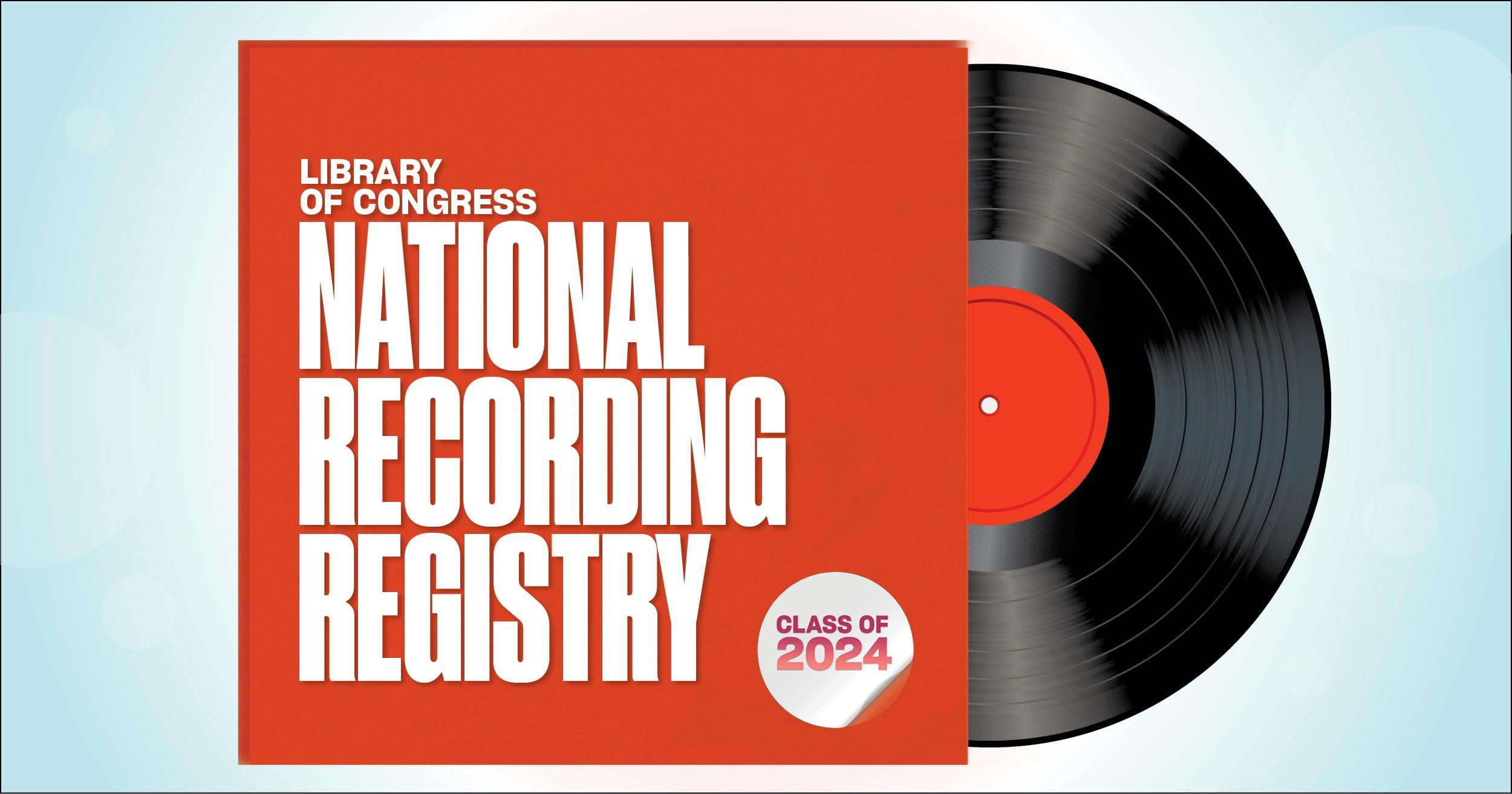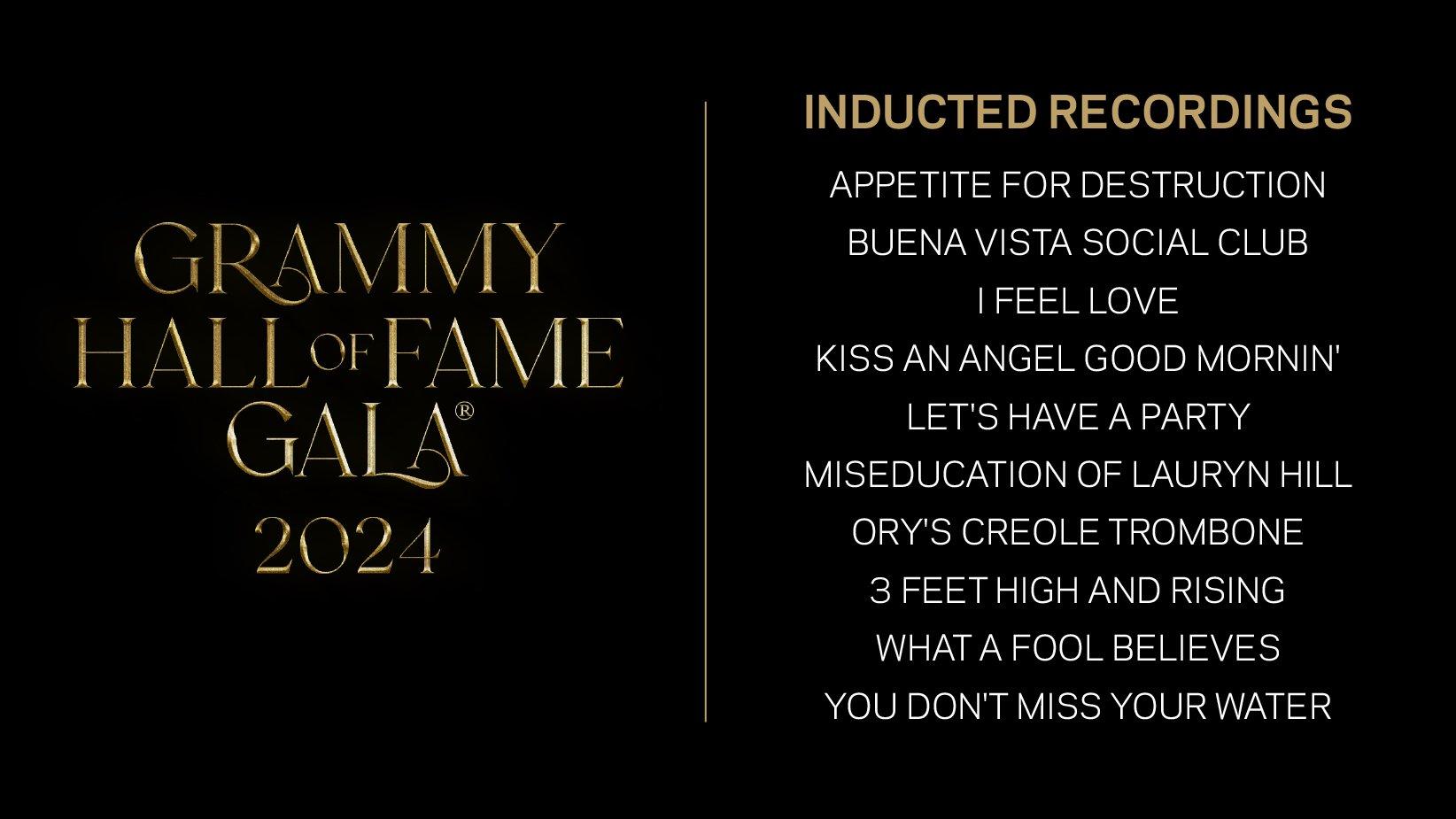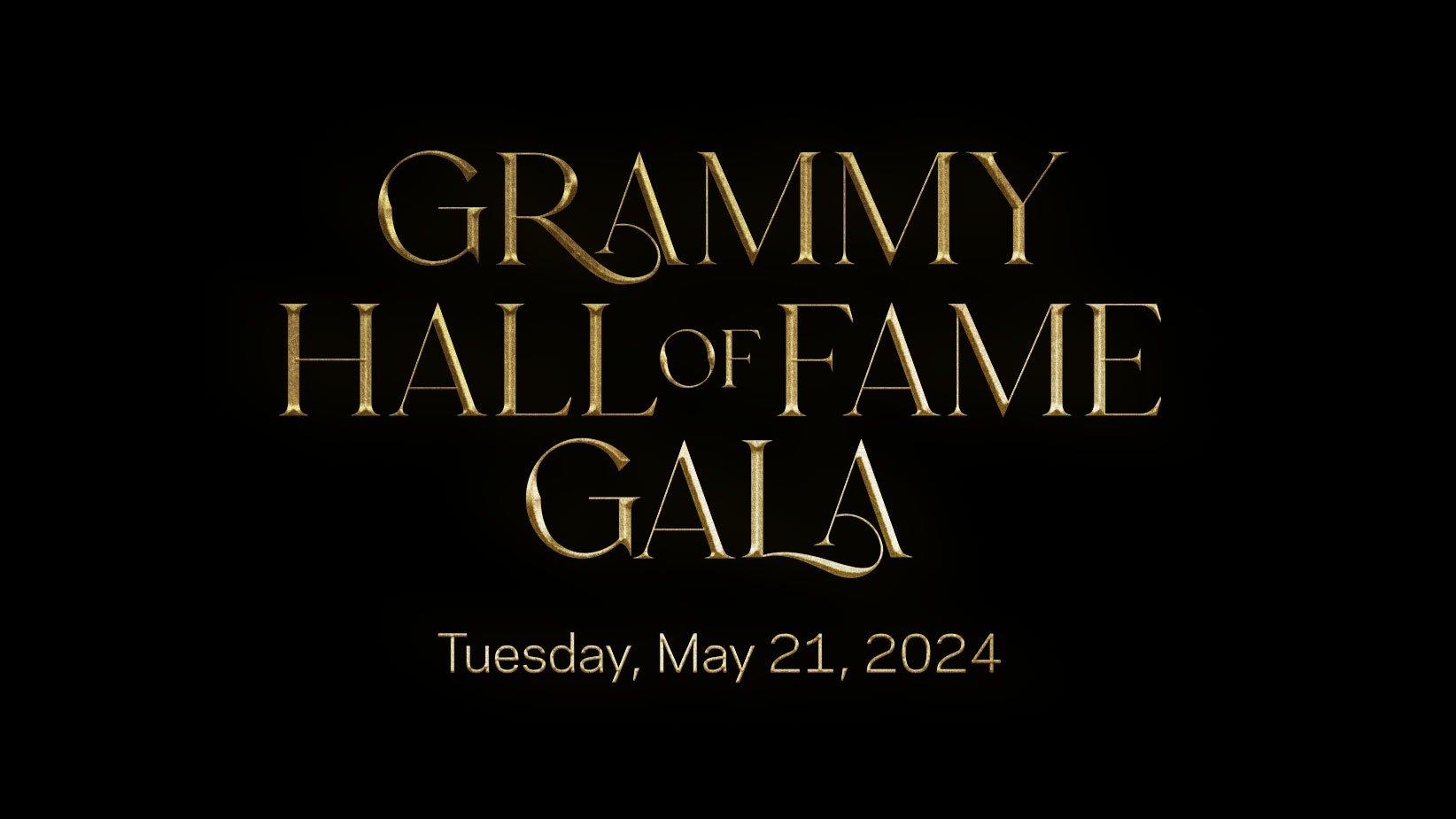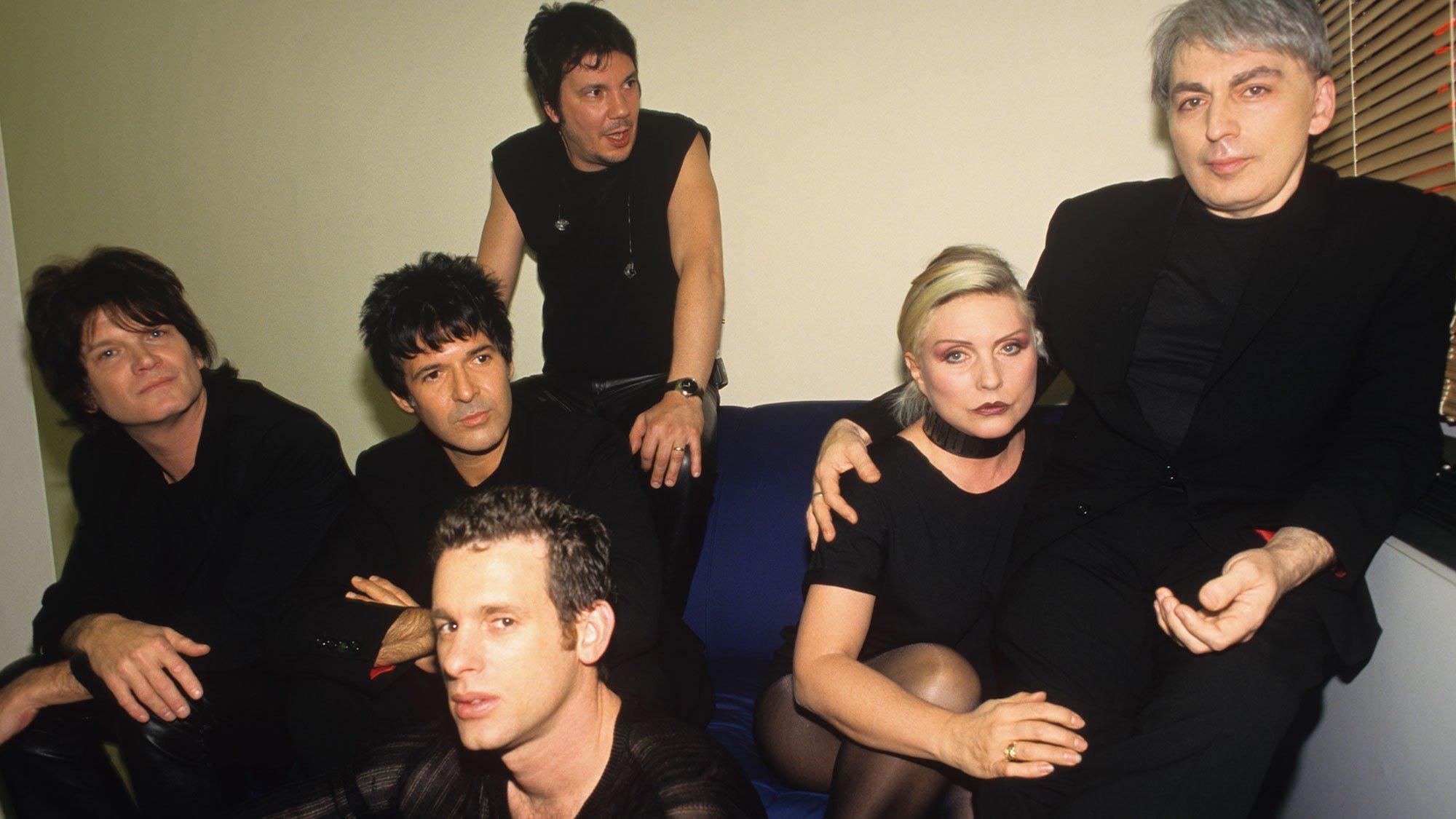"We felt there was no exit from Blondie," Clem Burke, long-standing drummer of Blondie, said in 1999.
Burke was speaking on the occasion of Blondie's new record, aptly titled No Exit. At the time, the band had reunited after a 15-year absence and, according to Burke, "reared its head again, a four-headed monster."
Although Burke jested about being unable to shake the pull of the band, No Exit was an edgy, eclectic and innovative record that pulled Blondie back from the brink of history and into a new millennium. The 17-track album saw the band restart their musical mission, delivering genre-blending punk music that brought experimental sounds to the mainstream while also parodying Americana. The reckless abandon shown with No Exit — from music genres to public image — proved a direct through-line to their peak new wave output.
No Exit was certainly a long time coming. The idea of a "reunion" for the famed band was never in the cards; even the idea of a greatest hits record was a no-go.After the release of 1982’s The Hunter — an album that fared poorly with critics and achieved little impact on the charts — the group chose to disband. Co-founder Chris Stein was diagnosed with an autoimmune disease and took time away from music; lead singer Debbie Harry began caring for partner Stein while also pursuing a solo music career and acting opportunities (including John Waters’ Hairspray); Burke went on to play drums for the likes of the Romantics and Iggy Pop; keyboardist Jimmy Destri began producing music for Prince and INXS.
A true reunion had to involve new music and a relaunch too. Stein recalled watching Jerry Maguire for the first time while recording No Exit in 1998. "I got all teary-eyed because the movie’s all about getting a second chance," he told the L.A. Times. "And that’s what this is about, you know? We’re getting a second chance."
Released on Feb. 23, 1999, No Exit was an energetic and eclectic mix of classic Blondie genres — pop and rock, reggae and rap — that pitched the band to a generation. No Exit eased the band back into a musical landscape dominated by rhythmic hip-hop tracks, velvet R&B anthems and thumping heavy metal.
Audiences at the dawn of the new millennium were already enjoying the success of other girl-fronted rock ensembles; groups like No Doubt, Garbage, and the Cranberries owed Blondie and Harry some credit for trailblazing. (Even if being a female-fronted band became a thorn in Blondie’s side, as seen by their 1978 "campaign" to correct the record with "Blondie is a group!" buttons.)
Now returning to the charts with such peers, Blondie signaled to the world their assignment was never over — even aging rockers could challenge music conventions and be punk again. Harry was center stage once more, reviving the band’s famed part-parody and part-femme fatale blond bombshell image for a new audience (and Blondie diehards).
Lead track "Maria" — a spirited song about romantic desire that also plays on religious idol worship — wasn’t quite classic Blondie but a sweet pop treat The song
hit No. 1 on the U.K. charts and also topped charts in Spain and Poland. Blondie were officially back in action, but their status left Stein a bit uneasy. "Now we were on the receiving end of a lot of accolades. At times it felt odd being hit with all the ‘legendary’ labels," Stein writes in his upcoming memoir, Under a Rock.
But it was no small feat to get Blondie back together. When they disbanded in 1982, they acknowledged that it was a "madhouse," with endless fighting and arguments all while Stein began to deteriorate from his chronic illness. While the band had sold more than 40 million albums in their decade-plus together and cemented themselves in the cultural lexicon, a new question emerged: Would their formerly edgy and eclectic sound resonate again?
Part of the band’s advantage in 1999 was also their original musical hallmark: a lack of a loyalty to any singular genre.
No Exit embraced Blondie’s classic musical eclecticism — a quality that saw some critics deride the record. An "album of hollow new-wave, ska, and rap retreads," Entertainment Weekly opined while Rolling Stone argued it "indulge[d] in the kind of dilettantish genre dabbling that preceded their 1982 demise." But Blondie’s uniqueness was always that their music output resisted easy classification; it wouldn’t be Blondie without any genre experimentation.
While looking back was important for the band when recording No Exit, it was also key to finding ways to appeal to a new generation of listeners. "We’re part of the future as well as the past," Harry said in 1999. "One of the stipulations I had was that it not be just a revue of Blondie’s greatest hits. I really felt convinced of and dedicated to the idea that we had to move ahead and do new music." That also extended to playfully redoing tracks they had originally recorded in the 1970s, including the Sangri-Las’ "Out in the Street."
Other songs on No Exit showed a playful and wry tenor, as the four original members were seemingly having fun reconnecting with each other. "Forgive and Forget (Pull Down the Night)" is a smooth and synthy dance track that recalls the Pet Shop Boys and gestures at forgiving past transgressions. Blondie cosplays as a country ensemble on "The Dream’s Lost on Me" with a structured and rhythmic country ballad that elevates Harry’s vocals. "Screaming Skin" takes their past reggae influences and recasts them in a rapid-fire rock song about breaking the betrayal of one’s body (likely a reference to Stein’s pemphigus condition attacking his skin).
Touring No Exit also fermented worries about Blondie’s legacy. "I don’t wanna appear preposterous on stage," Harry said at the time. In an attempt to defy such expectations, Blondie chose to perform the album’s hip-hop influenced title track during the American Music Awards, even bringing Coolio onstage.
The performance was true Blondie, which had long collaborated with artists of other genres to appeal to new audiences (their "Rapture" featuring Fab Five Freddy being case in point). "I was pleased with the mixed reaction," Stein said after the AMAs. "I’d much rather have us do something controversial than safe."
Today, "No Exit" might sound like a jarring marriage between classical music — with its use of Bach’s "Toccata and Fugue in D minor" — and thumping modern rap, but it isn’t a serious sonic exercise. Blondie instead impishly reminds us of the endless loop ("no exit") of their past music and the music industry, as their famed tunes might as well be as dated as those of the baroque era. The band goes philosophical with the reboot — even nodding to Jean-Paul Sartre’s bleak existential play No Exit — but conversely finds freedom adopting this adage.
The 1999 regrouping netted Blondie chart success, new fandom, and a world tour. Yet it also brought up some personal problems. In Under a Rock, Stein admitted he was trying to gradually decrease his use of methadone, but touring demands made recovery difficult.
Still, Blondie’s return helped galvanize their popular image as enduring punk and new wave pioneers. (It might not be surprising that no Blondie album since has charted as high as No Exit at No. 18 in the U.S. and No. 3 in the U.K.) The band hasn’t pumped the brakes either, riding the renewed popularity for decades since with new music and tours of the world over.
But No Exit offered audiences something that their four following albums haven't achieved: a cutting and experimental sound that also acknowledged the artifice of the pop rock music they were making. Even recent successes like 2017’s Pollinator sounded fun and youthful, but were a largely series of songs written or co-written by other artists that aimed to appease current pop music tastes.
The album title might sound suffocating or even nihilistic, but to Blondie No Exit was a belated self-acceptance. "I mean, there is no exit," Harry commented to journalist Michael Hill in 2013. "You work so hard to establish something, and then that’s it, there you are."
Twenty-five years on, Blondie showed a dawning new millennium who they were: A punk band who embraced sounds with abandon while celebrating the fantasy of being dissent rock stars. Like reading a sign "last exit before freeway," Blondie saw No Exit as a moment to hit the gas and drive straight on through.
'The Smiths' At 40: How The Self-Titled Debut Fired An Opening Shot For Indie Rock





